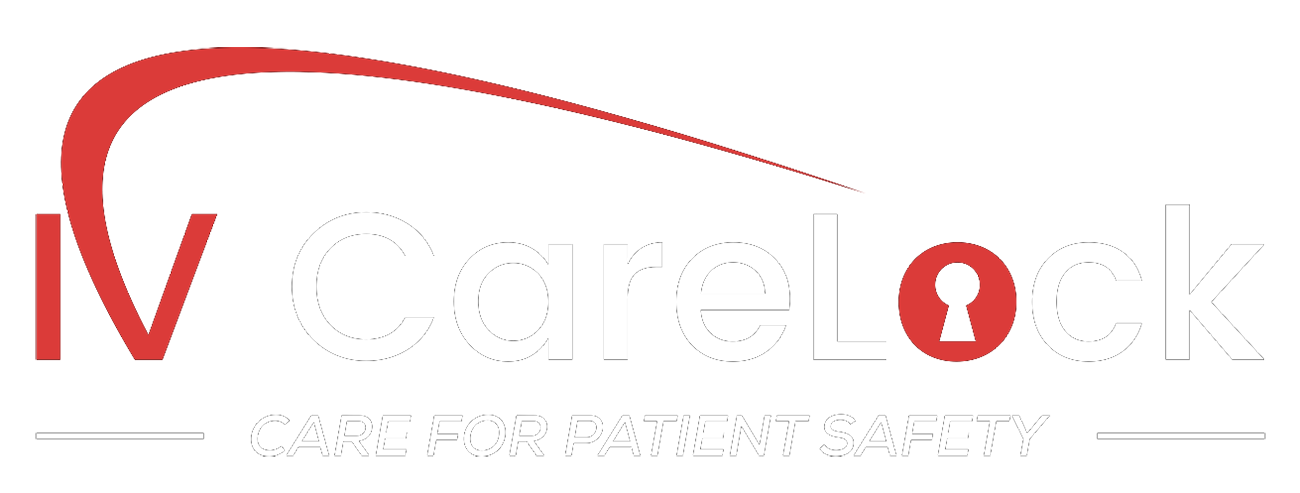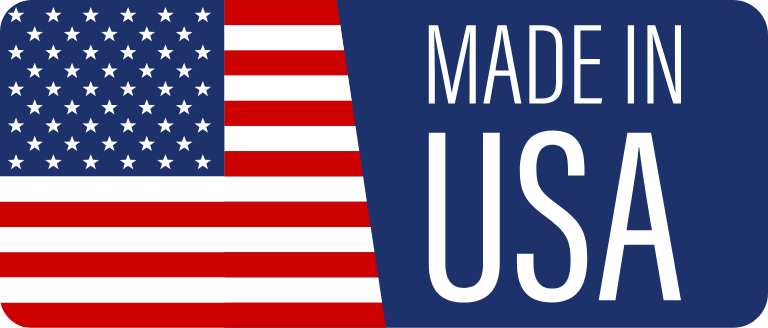Get In Touch With Us
What is The IV Carelock?
Used alongside the standard IV Infusion Set, The IV CareLock is an inexpensive, single patient use, convenient and secure means of preventing illicit drug use and patient access to IV catheters placed in the hospital or outpatient setting.
The prevalence of OUD among Veterans Health Administration (VA)-treated veterans is almost seven times that of the commercially insured, making veterans a population of special interest and in special need.
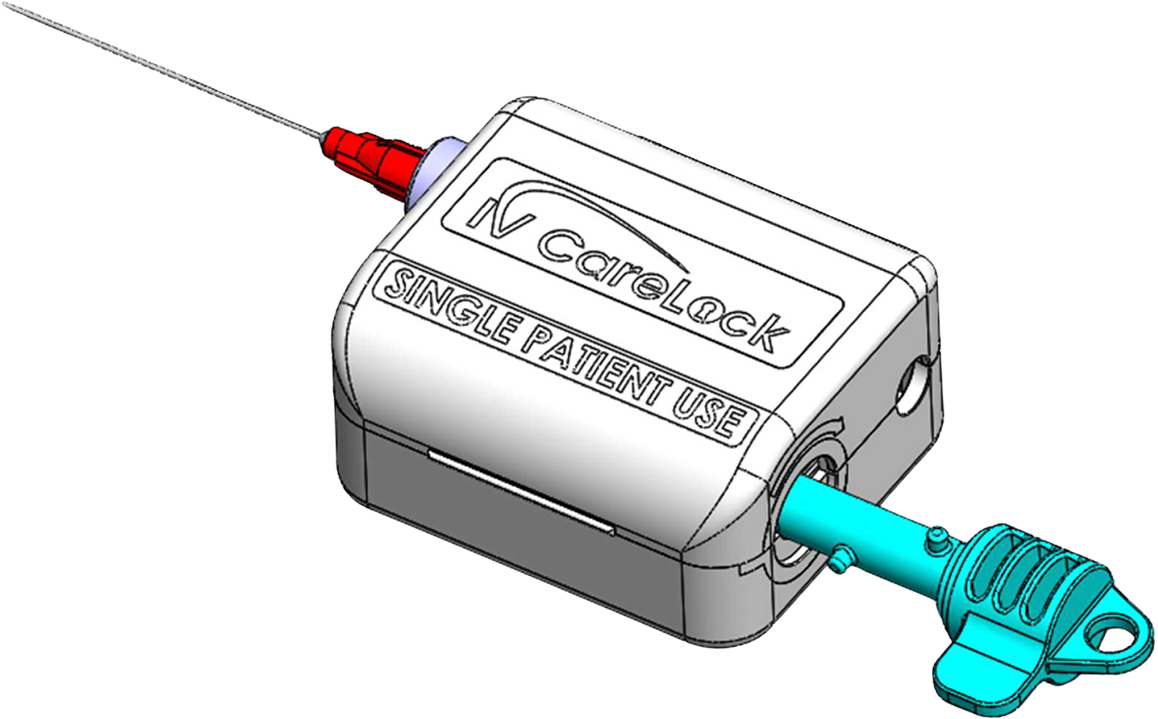
The prevalence of OUD among Veterans Health Administration (VA)-treated veterans is almost seven times that of the commercially insured, making veterans a population of special interest and in special need.
Veterans are more likely than the general population to have risk factors for OUD and overdose. For example, chronic pain is more common and more severe in veterans than in non-veterans, affecting about half of veterans in VA care. Among veterans, pain is often complicated by high rates of mental illness, including SUDs, which increases the risk of misusing opioids to treat pain, depression, and serious mental illness.
As opioid prescribing rose in VA health care, opioid overdoses also increased. Veterans treated in the VA were almost twice as likely to die by overdose as the general population. Among service members returning from the conflicts in Iraq and Afghanistan, there has been concern about misuse of prescription opioids initiated to treat service-related injuries. Even among non-deployed active duty service members, prescription drug misuse almost tripled from 2005 to 2008. In those being treated by the VA between 2003 and 2010, OUD diagnoses increased by 45%.
Designed with patient safety in mind
Our ‘lock & key’ design makes the device easy to use for medical professionals while preventing patient access to IV catheters placed in the hospital or outpatient setting.
SECURE your intravenous access sites
PREVENT patient tampering & self-injection
PROVIDE peace of mind for your caregivers
PROTECT your most vulnerable patients
The IV Carelock Story
Responding to the challenges surrounding safety and appropriate care for Patients Who Inject Drugs
The very placement of Vascular Access Devices creates a temptation for Patients who inject drugs (PWIDs) to self-inject illicit drugs through these devices as they may be experiencing elevated withdrawal symptoms or cravings during their hospital or outpatient treatment.
Efforts to mitigate the problem have focused on restricting the opioid prescription supply, but this does not address the needs of PWIDs requiring intravenous therapy.
Providers describe this problem using the acronym SIVAD or Self Injection of non-prescribed-substances into Vascular Access Devices. The SIVAD Temptation leaves PWIDs at significantly greater risk of bloodstream infections, line infections, bacteremia, endocarditis, overdose, and death.
The IV Carelock helps mitigate SIVAD risk within inpatient and outpatient facilities by securing the intravenous access site while retaining the caregiver’s ability to infuse while the device is in use.
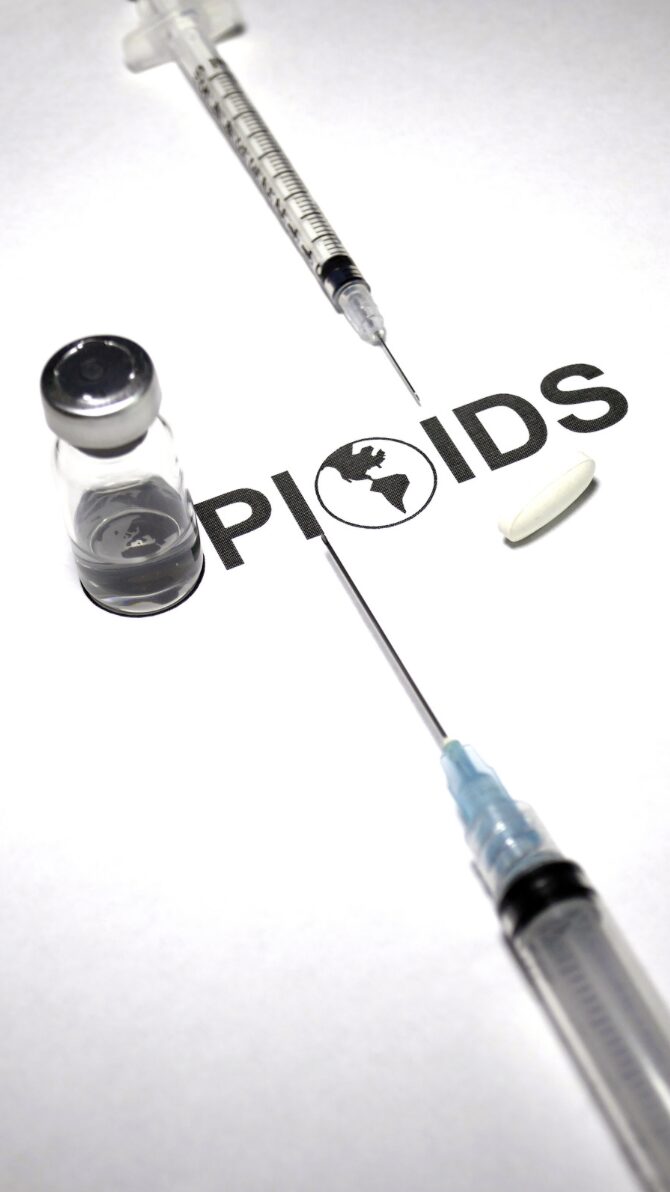
Patient safety is our priority
At Chase Fernweh Medical, our mission is to fight the opioid epidemic on behalf of the most vulnerable.
In this effort, we partner with healthcare providers in all communities to deliver the IV Carelock solution to the frontlines of the opioid epidemic.

